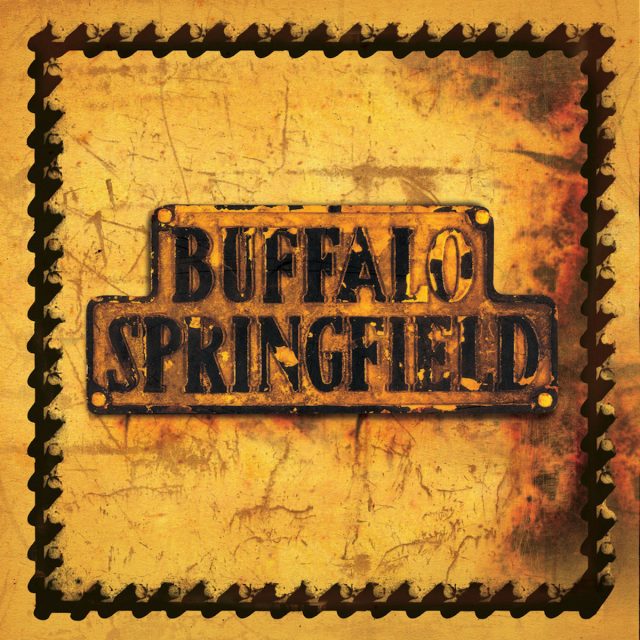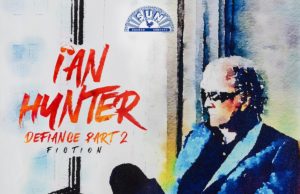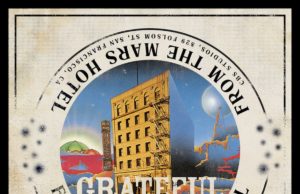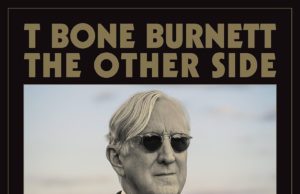This came out in 2001 – or at least that’s when I got it. Here’s what I said about it back then (with some minor editing):
For what it’s worth, I used to think Buffalo Springfield were a little overrated. Yeah, yeah, I know. It’s Neil Young. He’s from right here in Winnipeg. He’s the godfather of grunge, the king of the songwriters, the guy who played at your community centre with The Squires a lifetime ago. How can I not love everything he’s done? Or what about Stephen Stills? He wrote For What It’s Worth, one of the ’60s classic protest anthems. He and Neil went on to CSNY, for cryin’ out loud. Hell, even Richie Furay wrote some cool songs. Then he started up Poco. What is not to love? These guys are legends. Shut up.
But that’s the problem: I think some people might be more in love with the legend of Buffalo Springfield as with the reality. Sure, these country-rock pioneers had a few great tunes — the aforementioned For What’s It Worth, of course, but also early Young gems like Broken Arrow, Mr. Soul and Flying on the Ground is Wrong. But lots of ’60s bands had a handful of great tunes. And plenty had lots more than Buffalo Springfield, who only put out a couple of albums during their two years together. What some folks seem to love about them ain’t the music; it’s the magic. Their formation is an apocryphal tale right out of a B-movie — Stills supposedly passed Young in traffic on the Sunset Strip, recognized his hearse and chased him down. Their saga is just as melodramatic — overnight success, drug busts, deportation, squabbles, breakups. Another key to immortality: They called it quits before they started to suck. And most of them went on to bigger and better things. Hell, it’s a Behind the Music episode just waiting to happen. Cue credits, fade to black.
Then I got a review copy of Buffalo Springfield’s blandly undertitled Box Set. This four-disc retrospective serves essentially as a musical biography of the band — its 88 songs, from their earliest demos to their final sessions, are presented more or less in the order they were recorded. And, naturally, they’re accompanied by the usual goodies: Unreleased tracks, demos, remixes, a scrapbook of liner notes, press clippings and photos. Taken as a whole, it adds a few new wrinkles — good and bad — to the boys’ story.
Naturally, the most exciting tunes are the ones you haven’t heard. There are plenty — around three dozen unreleased cuts. Many are early acoustic demos; simple, bare-bones versions of tunes like Flying on the Ground, Out of My Mind and Baby Don’t Scold Me, which the band later expanded into full-blown electric numbers. Others include cuts that never panned out or made the grade (Words I Must Say, We’ll See, No Sun Today), tunes that Young reworked for his post-Springfield career (Old Laughing Lady, Down to the Wire), studio jams (Buffalo Stomp), instrumentals (Kahuna Sunset, a magnificent Young instrumental called Falcon Lake) and works-in-progess (there are alternate versions of Mr. Soul, Pretty Girl Why and several others). Many of these embryonic tracks are fascinating both musically and historically — like browsing through an artist’s sketchpad. The first two discs in particular are a treasure trove of unearthed gems that more than justify Box Set’s price tag to a faithful fan.
But they might not be happy about what else they’re paying for here. The fourth disc has remastered versions of the band’s first two albums. Fair enough — except that all the individual songs are already on the set’s other three CDs. So not only are you paying for stuff you’ve already heard — you’re paying for it twice. It seems kinda dopey, especially since there were other options. Both albums were originally mixed in mono and stereo; they could have included each here. Instead, you get the mono mix of the first album because it’s the one Young and Stills prefer, and the stereo mix of the second album. Further, you get just a half-dozen tracks from their posthumous third album. Granted, it wasn’t their finest moment. But if you’re putting out the definitive box, why not include everything? You get the sense Box Set’s content wasn’t based on historical significance or completism, but by what Neil and Stephen chose to emphasize or ignore.
It’s too bad. Ultimately, Box Set makes a pretty good case that Buffalo Springfield weren’t overrated. But as a definitive retrospective, the set itself just might be.











































